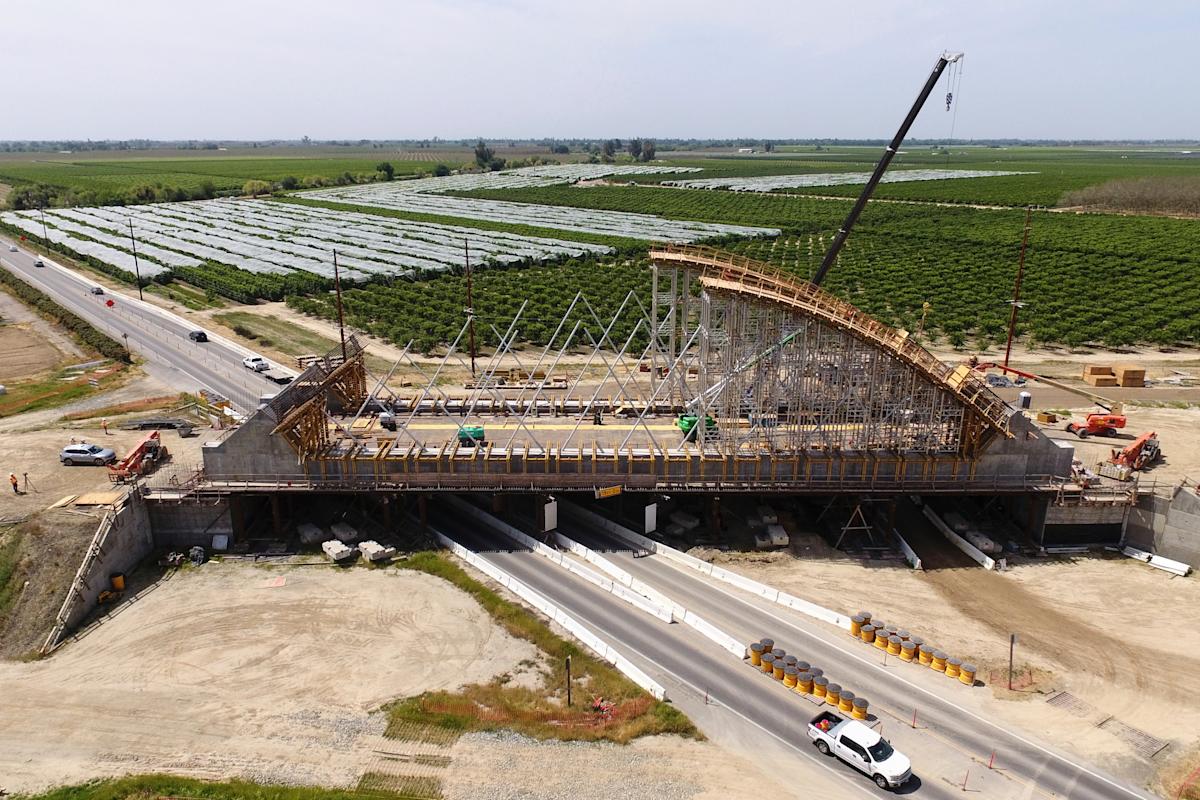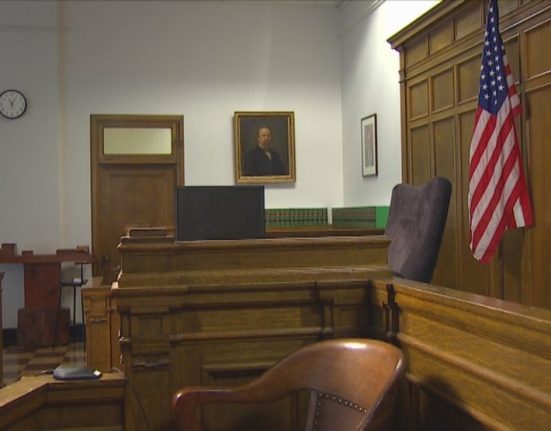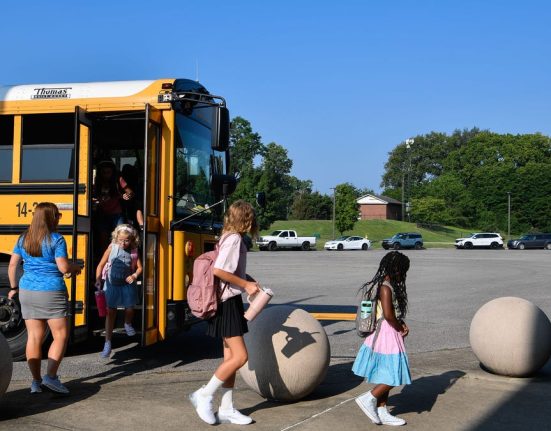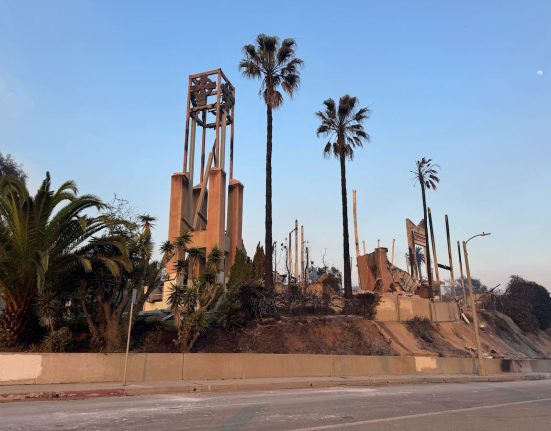SACRAMENTO, Calif. (AP) — A long-delayed project promising nonstop rail service between San Francisco and Los Angeles in under three hours may be able to secure the private funding it desperately needs if California agrees to pay the investors back, its chief executive told The Associated Press.
Ian Choudri, who was appointed CEO of the California High-Speed Rail Authority in August, is tasked with reinvigorating the nation’s largest infrastructure project amid skyrocketing costs and new fears that the Trump administration could pull $4 billion in federal funding.
“We started this one, and we are not succeeding,” Choudri said, describing what drew him to the job after work on high-speed systems in Europe. “That was the main reason for me to say, let’s go in, completely turn it around, and put it back to where it should have been. Fix all the issues, get the funding stabilized, and demonstrate to the rest of the world that when we decide that we want to do it, we actually will do it.”
Voters first approved $10 billion in bond money in 2008 to cover about a third of the estimated cost with a promise the train would be up and running by 2020. Five years past that deadline, no tracks have been laid and Choudri acknowledges it may take nearly two more decades to complete most of the San Francisco-to-Los Angeles segment, even if funding is secured.
Funding woes
The project’s price tag now exceeds $100 billion, more than triple the initial estimate. It has mostly been funded by the state through the voter-approved bond and money from the state’s cap-and-trade program. A little less than a quarter of the money has come from the federal government.
The authority has already spent about $13 billion. The state is now out of bond money, and officials need to come up with a financing plan for the Central Valley segment by mid-2026, according to the inspector general’s office overseeing the project.
“The managers of the project were in trouble from the very beginning because they never had the financing – certainly not stable and predicting financing — that they would have needed to manage the project efficiently,” said Lou Thompson, who led a peer review group that analyzes the state’s high-speed rail plans.
Losing money from the federal government “would require a real hard rethinking of what do we do to survive the next four years,” he said.
Rail leaders are in talks with Gov. Gavin Newsom’s administration and state lawmakers on what will be needed to secure private investment, Choudri said, adding that without the private sector money the state may have to take out federal loans or issue new bonds. At an industry forum in January, private investors expressed interest in the project but need some form of security, he said.







